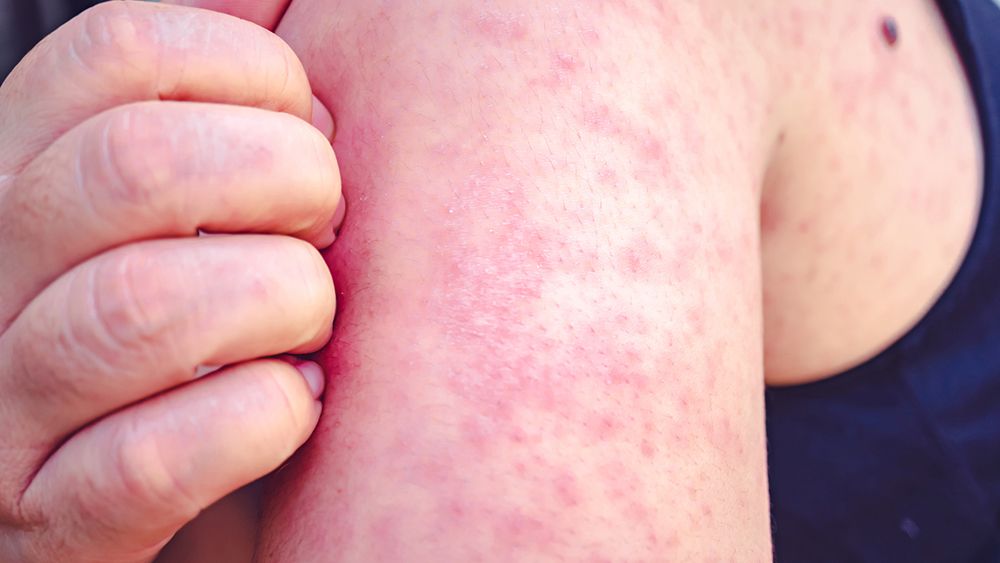ASHTABULA COUNTY, Ohio — The director of the Ohio Department of Health (ODH), Dr. Bruce Vanderhoff, confirmed a measles outbreak in Ashtabula County and a visitor to Knox County “who exposed others to measles in Knox and nearby counties.”
According to an ODH press release Wednesday, the department and Ashtabula County have now identified 10 cases of the disease. Nine of these cases can be traced back to the first case from last week.
The department notes that none of these people were vaccinated.
“Given the measles activity in Texas, New Mexico and other states around the country, we’re disappointed but not surprised we now have several cases here in Ohio and known exposure in some counties,” he said in the release. “This disease can be very serious, even deadly, but it is almost entirely avoidable by being properly vaccinated. Measles is especially dangerous for young children, so I strongly urge all parents across Ohio to make sure your children are vaccinated. It is a crucial layer of protection that can save lives.”
ODH said they are working with Ashtabula and Knox county health departments “to follow up on potential exposures and to promote opportunities for vaccination.”
Nationwide, there are 378 cases of measles, according to the Centers for Disease Control. They also say there have been three total outbreaks so far in 2025, which are defined as three or more related cases.
In 2024, there were 16 total outbreaks.
In Ohio, there were seven cases in 2024 and only one in 2023. There were 90 in 2022, 85 of which were linked to an outbreak in central Ohio, according to the ODH.
Measles are extremely contagious and can spread through sneezes or coughs from an infected individual. If people are not protected against the disease, nine out of 10 people will become ill, ODH said.
The virus can live for up to two hours in the air where an infected person sneezed or coughed. Others who breathe in the contaminated air, or touch an infected surface and then their eyes, nose or mouth, can become infected.
Those infected can spread it to others from four days before, through four days after, a rash appears.
Officials urged people to vaccinate against measles through the MMR vaccine, which protects against measles, mumps and rubella. The department said two doses of MMR are 97% effective against measles and significantly lowers the risk of getting sick.
The Centers for Disease Control and Prevention (CDC) recommended children get two doses of the vaccine as well, with the first dose at 12- to 15-months-old and the second at four- to six-years-old. The vaccine can also be given to adults whose vaccination status is unknown, or those born after 1957 who are not vaccinated.
Symptoms of measles include a rash that lasts for five to six days, high fever, runny nose, cough, loss of appetite and red, watery eyes. The rash begins at the hairline, moves to the face and upper neck and then proceeds down. Other common complications include diarrhea and ear infections.
Severe complications can occur, mostly in children under 5-years-old, adults older that 20, pregnant women and those with compromised immune systems. One out of every 20 children with measles gets pneumonia, which is the most common cause of death from measles for young children.








